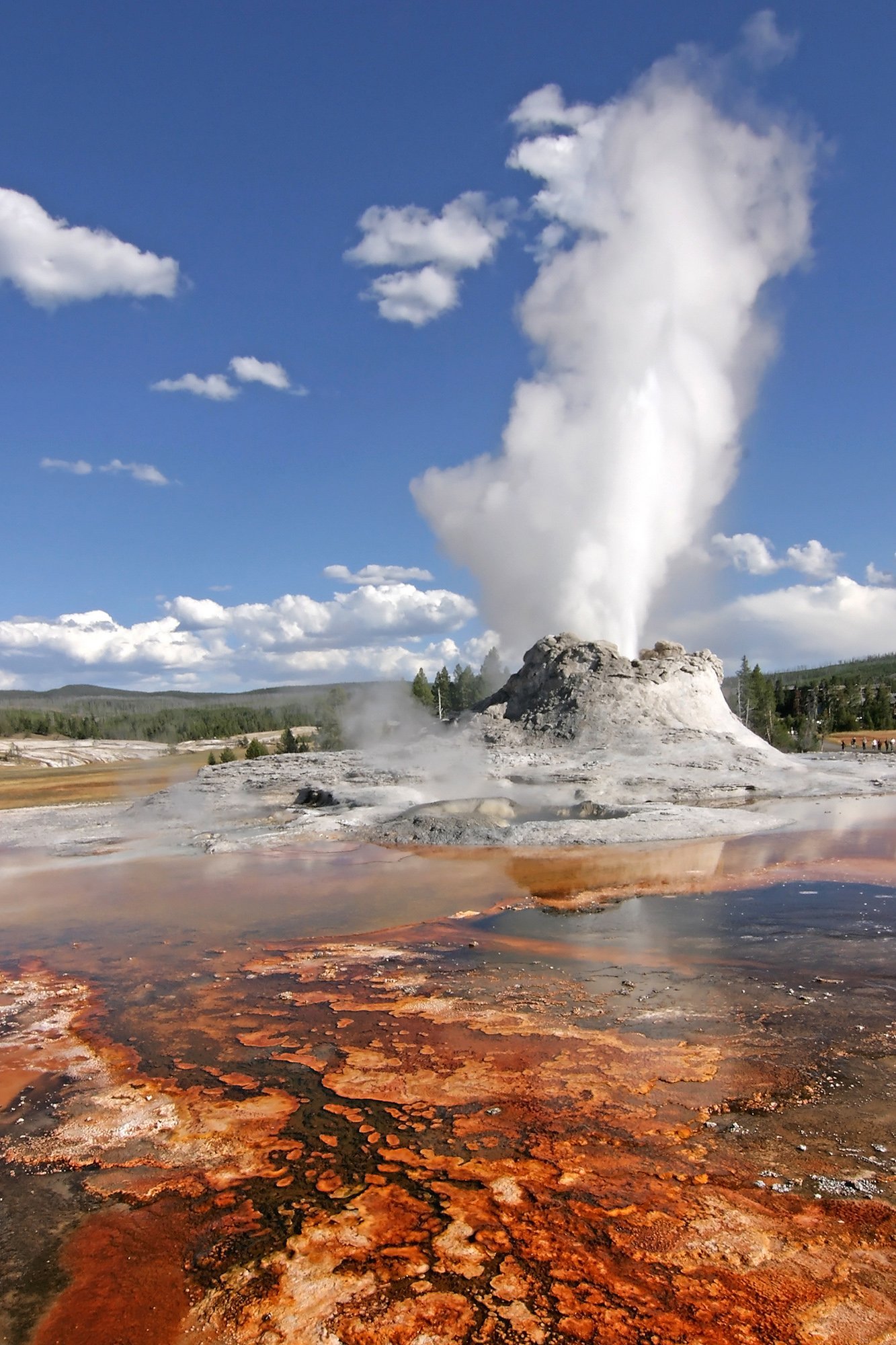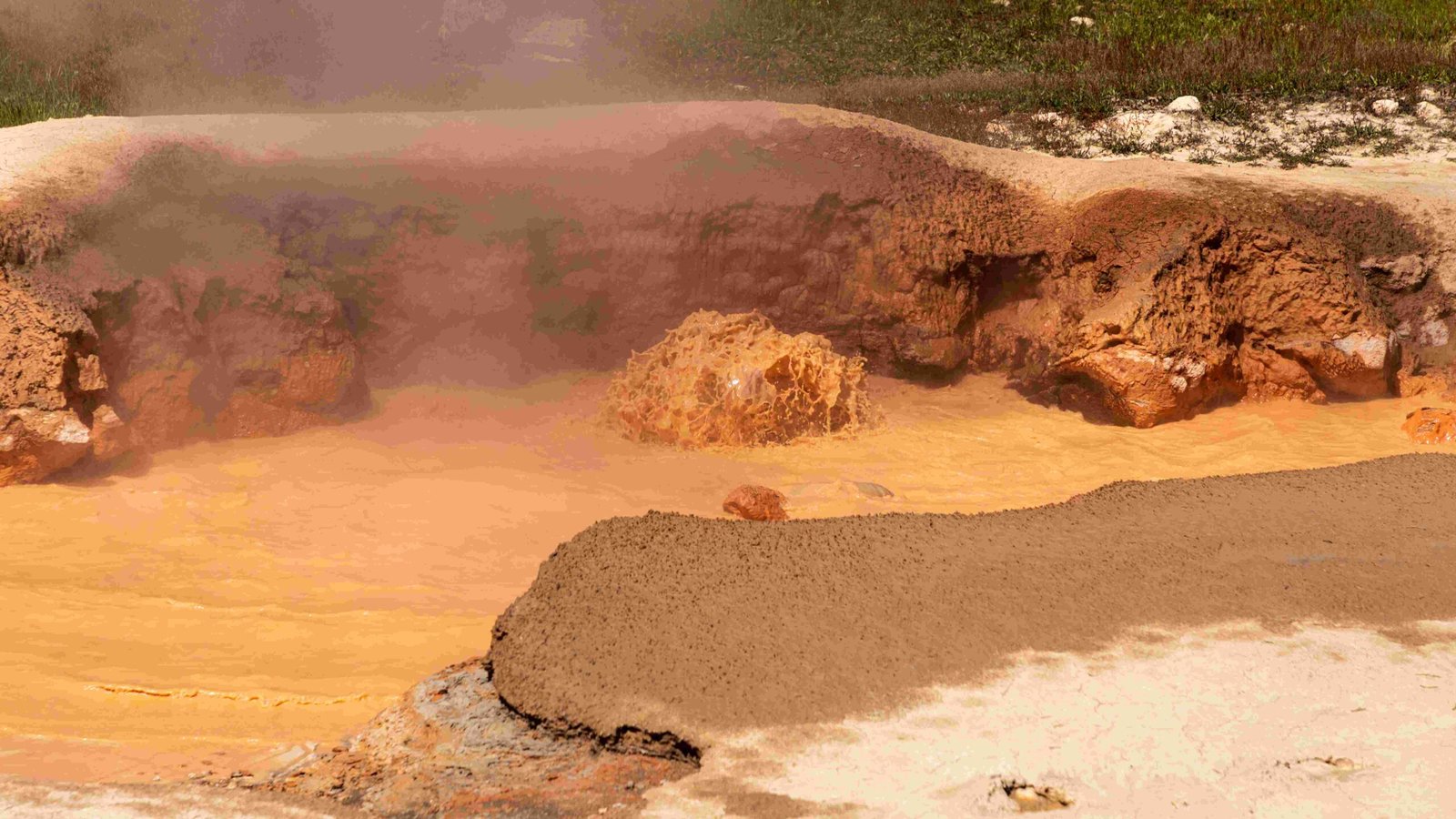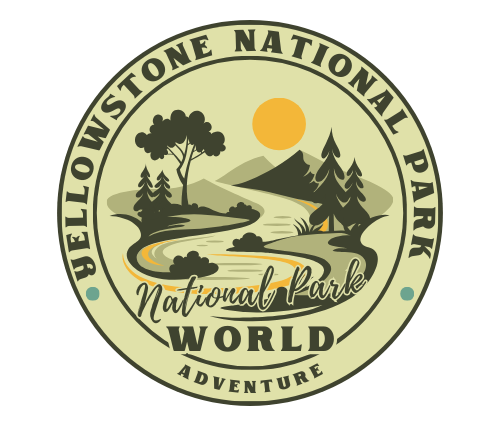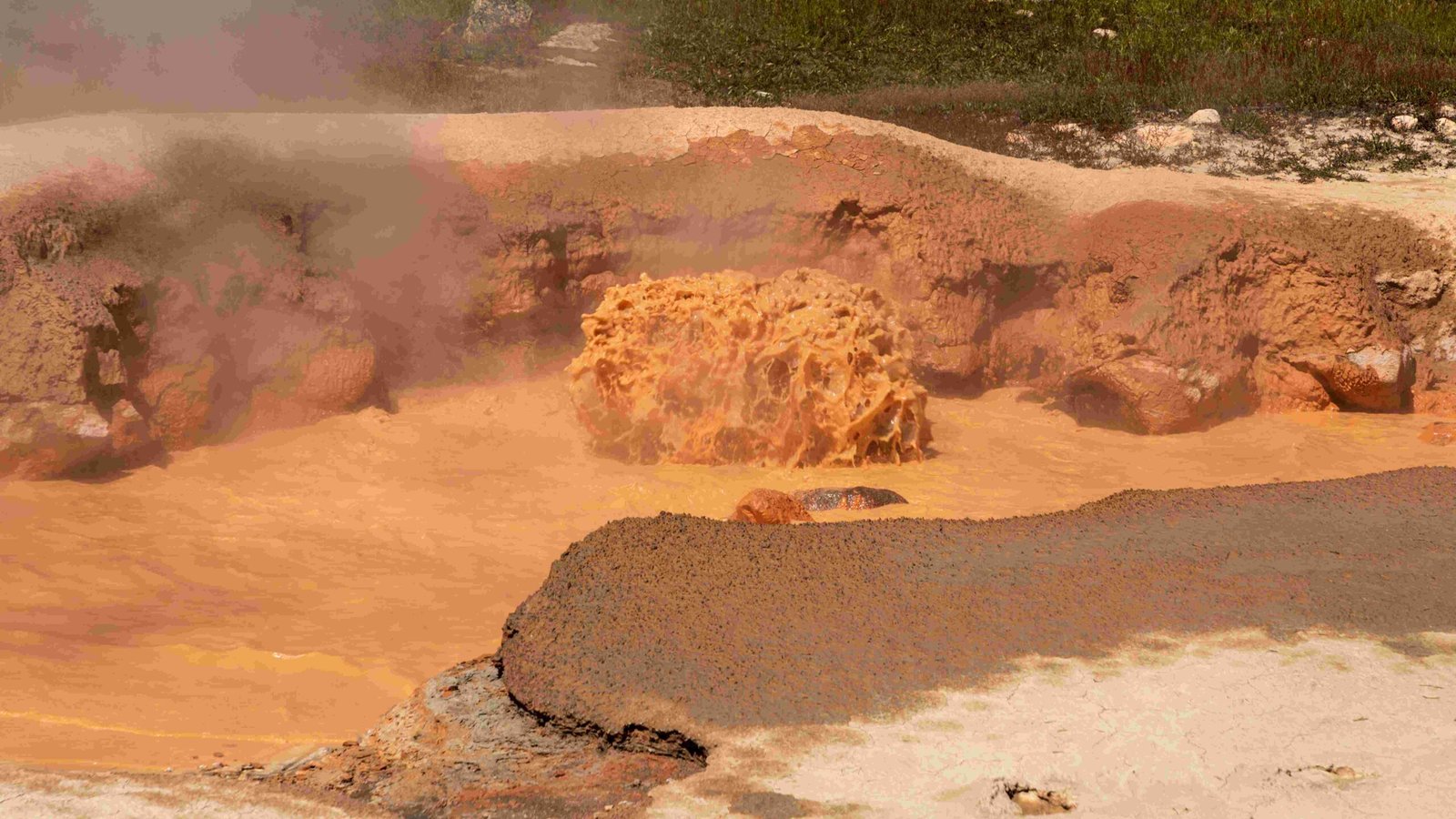Mount Washburn in Yellowstone National Park is a prominent peak offering panoramic views of the park’s diverse landscapes. Standing at 10,243 feet, it provides hikers with a challenging yet rewarding experience. The mountain, named after Henry D. Washburn of the 1870 Washburn-Langford-Doane Expedition, features two main hiking trails, abundant wildlife, and a historic fire lookout tower at its summit. This geological remnant of an ancient volcano attracts nature enthusiasts and photographers alike, making it a must-visit destination within Yellowstone.
What Are the Trailhead Options for Mount Washburn?

Mount Washburn offers two primary trailheads for hikers:
- Dunraven Pass Trailhead
- Location: Top of Dunraven Pass on Grand Loop Road, 4.5 miles north of Canyon Junction
- Distance: 6.4 to 6.5 miles round-trip
- Elevation Gain: Approximately 1,400 feet
-
Difficulty: Moderate, with gentle uphill grade and switchbacks
-
Chittenden Road Trailhead
- Location: 1.3 miles off the east side of Grand Loop Road, 5 miles north of Dunraven Pass
- Distance: 5.4 to 5.6 miles round-trip
- Elevation Gain: About 1,490 to 1,500 feet
- Difficulty: Moderate, following a gradual incline on a gravel road
What Can Hikers Expect at the Summit?

The summit of Mount Washburn offers an unparalleled experience:
- 360-degree panoramic views of Yellowstone National Park
- Visibility of the Tetons, Grand Canyon of the Yellowstone, Yellowstone Lake, Central Plateau, and Absaroka Range
- A historic fire lookout tower with restrooms, exhibits, and an observation deck
- Potentially windy and cold conditions, even during summer months
What Wildlife Might Be Encountered on the Trail?
Mount Washburn is known for its diverse wildlife:
- Bighorn Sheep: Frequently seen on open, grassy slopes
- Grizzly Bears: Known to inhabit the lower slopes of the mountain
- Other Wildlife: Various bird species and smaller mammals
| Wildlife | Recommended Viewing Distance |
|---|---|
| Bighorn Sheep | At least 25 yards |
| Bears | At least 100 yards |
Safety Precautions:
– Maintain safe distances from all wildlife
– Be aware of surroundings and follow park guidelines for wildlife encounters
– Carry bear spray and know how to use it
Why Is Mount Washburn Geologically Significant?
Mount Washburn’s geological significance stems from its volcanic origins:
- Remnant of an extinct ancient volcano
- Part of the Yellowstone Caldera complex
- Offers insights into the park’s volcanic history and formation
How Does Mount Washburn Contribute to Yellowstone’s History?
Mount Washburn plays a crucial role in Yellowstone’s history:
- Named after Henry D. Washburn, leader of the 1870 Washburn-Langford-Doane Expedition
- This expedition was instrumental in the establishment of Yellowstone as a National Park
- The fire lookout tower represents the park’s ongoing fire management efforts
- Serves as an educational tool for visitors, highlighting the park’s natural and cultural history
What Are the Best Times to Hike Mount Washburn?
Optimal hiking conditions for Mount Washburn vary:
- Summer (June to August):
- Peak season with the most favorable weather
- Trails are generally free of snow
- Higher chance of wildlife sightings
-
Busiest time with more hikers on the trails
-
Fall (September to early October):
- Cooler temperatures and fewer crowds
- Potential for early snowfall at higher elevations
-
Beautiful fall colors in the surrounding landscapes
-
Spring (May to early June):
- Trails may still have snow, especially at higher elevations
- Wildflowers begin to bloom
- Fewer crowds, but unpredictable weather conditions
| Season | Pros | Cons |
|---|---|---|
| Summer | Best weather, clear trails | Crowded, potential for afternoon thunderstorms |
| Fall | Fewer crowds, fall colors | Cooler temperatures, possible early snow |
| Spring | Wildflowers, fewer people | Snow on trails, unpredictable weather |
How Should Hikers Prepare for a Mount Washburn Trek?
Proper preparation is key for a safe and enjoyable hike:
- Physical Preparation:
- Build endurance with regular cardio exercises
-
Practice hiking on inclines to prepare for elevation gain
-
Gear and Supplies:
- Sturdy hiking boots with good traction
- Layered clothing for changing weather conditions
- Sun protection (hat, sunscreen, sunglasses)
- Plenty of water and high-energy snacks
- First aid kit and emergency supplies
-
Bear spray (available for rent or purchase in the park)
-
Trail Information:
- Check current trail conditions at visitor centers
- Obtain a trail map and familiarize yourself with the route
-
Inform someone of your hiking plans
-
Weather Awareness:
- Check weather forecasts before setting out
- Be prepared for sudden weather changes, especially at higher elevations
What Unique Photography Opportunities Does Mount Washburn Offer?
Mount Washburn provides photographers with diverse subjects:
- Landscape Photography:
- Panoramic views of Yellowstone from the summit
- Dramatic cloud formations and weather patterns
-
Sunrise and sunset shots over the park’s varied terrain
-
Wildlife Photography:
- Bighorn sheep on rocky slopes
- Various bird species in their natural habitat
-
Potential for distant shots of larger mammals in the valleys below
-
Macro Photography:
- Alpine wildflowers along the trail
-
Unique rock formations and textures
-
Night Sky Photography:
- Clear, dark skies for astrophotography (with proper permits)
- Milky Way visibility on moonless nights
Photography Tips:
– Bring a wide-angle lens for expansive landscape shots
– Use a telephoto lens for wildlife photography
– Consider a tripod for stability in low-light conditions or for long exposures
– Protect your gear from potential wind and moisture at the summit
How Does Mount Washburn Contribute to Yellowstone’s Ecosystem?
Mount Washburn plays a vital role in Yellowstone’s ecosystem:
- Habitat Diversity:
- Supports various ecosystems from lower elevation forests to alpine tundra
-
Provides crucial habitat for bighorn sheep and other alpine species
-
Watershed Importance:
- Snowmelt from Mount Washburn feeds into the park’s river systems
-
Contributes to the overall water cycle of the Greater Yellowstone Ecosystem
-
Climate Indicator:
-
Changes in vegetation and snow patterns on Mount Washburn can indicate broader climate trends in the park
-
Fire Management:
- The fire lookout tower aids in early detection and monitoring of wildfires
-
Helps maintain the natural fire regime essential for ecosystem health
-
Research Opportunities:
- Serves as a site for studying high-elevation ecosystems and their responses to environmental changes
By understanding Mount Washburn’s ecological significance, visitors can better appreciate the interconnectedness of Yellowstone’s natural systems and the importance of conservation efforts in the park.

